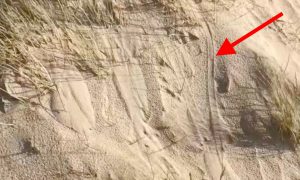
Tag: erosion



How water changes coast lines
One thing I have been noticing a lot recently is how water changes coastlines (or even just paths in parks). Not really surprising, considering the enormous amounts of energy stored…

The building of sand banks
The eroding force of moving water can be seen in so many places when you pay attention. For example in a park where I sometimes go for walks, the really…